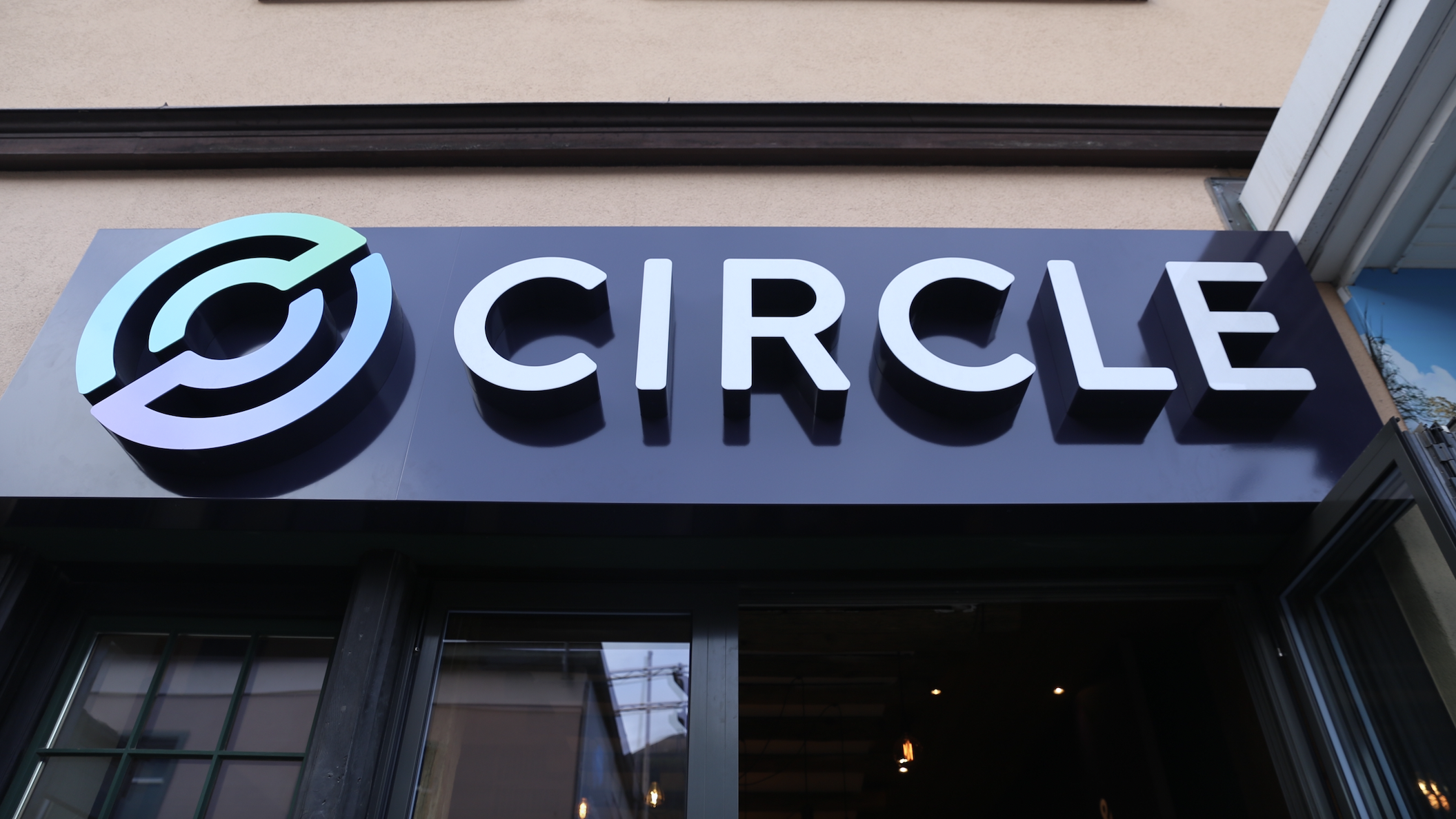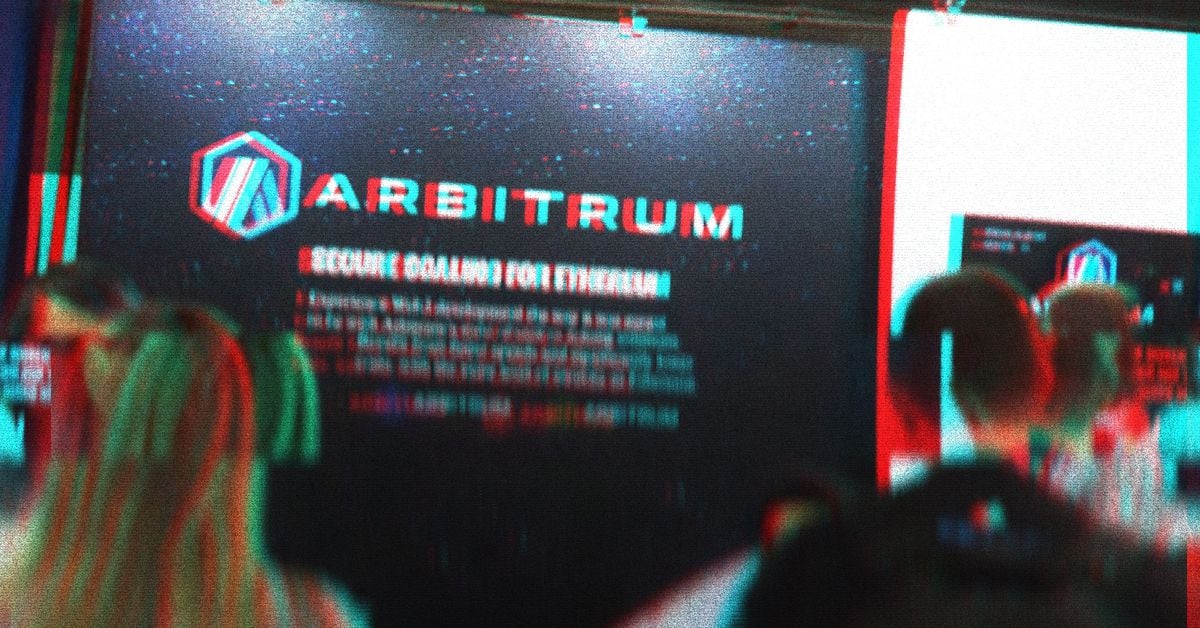A lucrative arbitrage opportunity formed the foundation of much of the cryptocurrency industry. When it turned bad, it brought the whole house of cards down with it.

newsletter.mollywhite.net
Grayscale Bitcoin Trust: the free money machine that went into reverse
A lucrative arbitrage opportunity formed the foundation of much of the cryptocurrency industry. When it turned bad, it brought the whole house of cards down with it.
The impulse among the crypto crowd was to scrounge up any spare dollar they could find and feed it into this magical machine that was giving them their dollar back, and then some.

The impulse was to find more dollars—say, by taking in customer deposits with the promise of low-risk high returns—to use to perform the GBTC arbitrage. Because the trade was so lucrative, they could promise customers interest rates far beyond what was available in traditional finance, and still keep a big chunk for themselves.
============
Remember all those firms offering unbelievable (no, literally, unbelievable) interest rates for doing nothing other than holding your crypto? 7.4% APY from Gemini Earn. 7.5% from BlockFi. You can thank GBTC for a lot of that. Much of the business model of some of these interest-earning accounts involved taking customer funds, funneling them into Grayscale, giving part of the return to customers, and pocketing the rest. As long as the free money machine was operational, it worked pretty well. But Gemini's CEOs are now yelling at Barry Silbert to try to get somewhere between $785 million (according to Genesis) and $900 million (according to Gemini) back from Genesis, which doesn’t have the money, and is undergoing bankruptcy proceedings. BlockFi is undergoing bankruptcy proceedings of its own. People who had money in either program can’t withdraw, and are looking at lengthy bankruptcy processes before learning what fraction of money they might see again. BlockFi bankruptcy claims are trading at 24 cents on the dollar; Gemini (via Genesis) claims are looking a little better at a whopping 35 cents.
============
Remember Three Arrows Capital, the crypto hedge fund that blew up in June? We knew from the getgo that they had massive exposure to Terra/Luna, a stablecoin that collapsed in May. But Three Arrows Capital had also taken out loans to shovel billions of dollars into GBTC. The six month GBTC lockup period meant they had to bet that the premium would still be there six months after they traded the BTC for GBTC. At the end of 2020, Three Arrows had $1 billion in GBTC, making them GBTC's largest holder.10
By March 2021, GBTC had slipped into trading at a discount. Three Arrows Capital was able to stay afloat for a while longer, taking out yet more loans from just about everyone who offered them and hoping that the market would miraculously rebound. But in June 2022, Terra/Luna dealt them a death blow, and with 3AC's collapse the crypto industry's spiral was well underway.
==========
Now what?
The big question now is: what happens next?
Genesis has filed for Chapter 11 bankruptcy protection. It seems that they’re hoping to simply jettison the entities that are deeply in debt (to the tune of at least $3.5 billion), while the rest of the business continues merrily on, something that seems deeply unjust but I assume is somehow permissible in bankruptcy.
==========
As for the likelihood that something like this could happen again, well, I don’t think the industry has a strong record of learning from its mistakes.


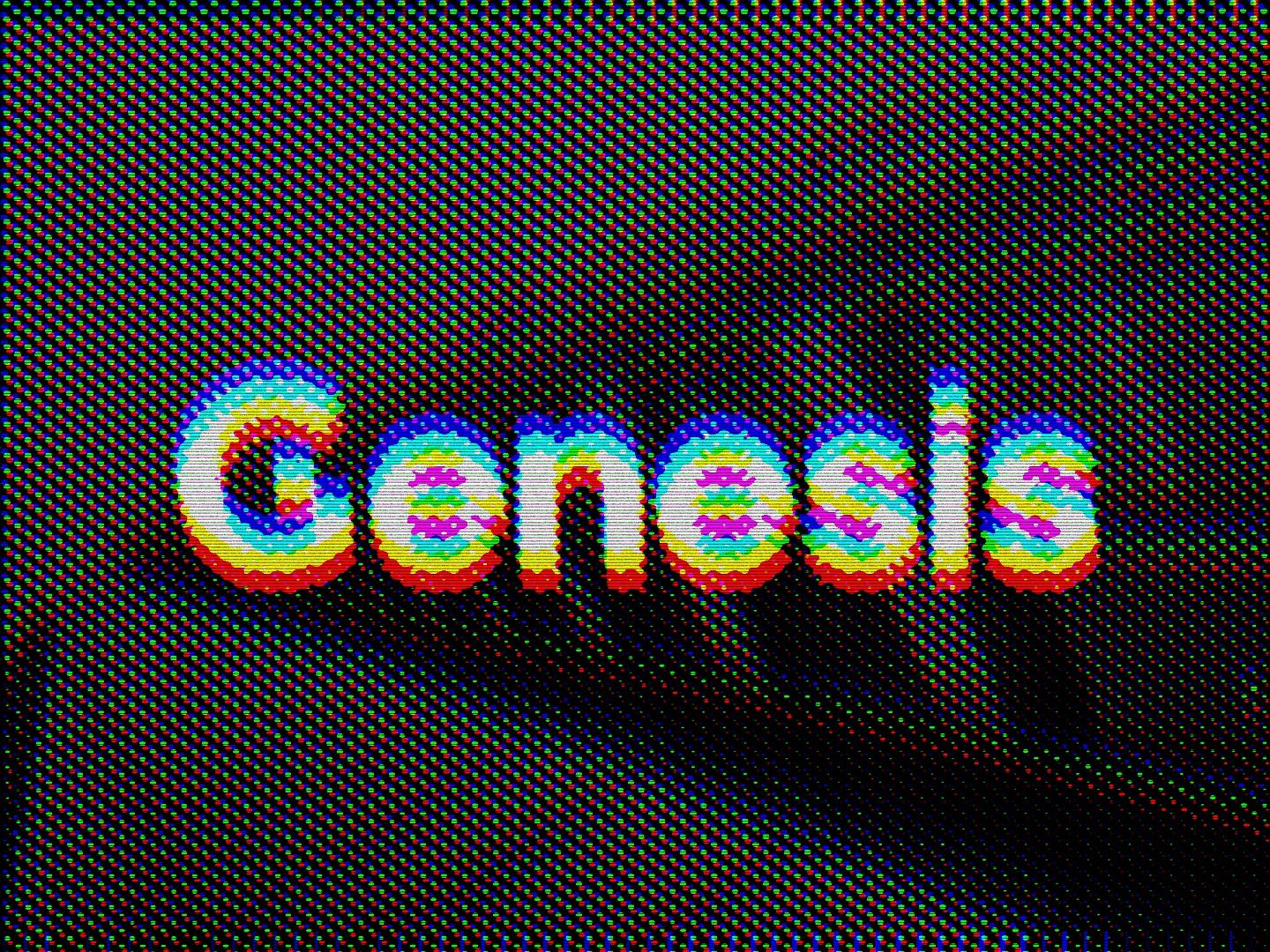

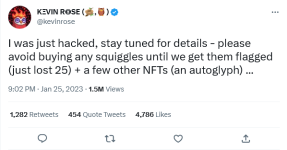


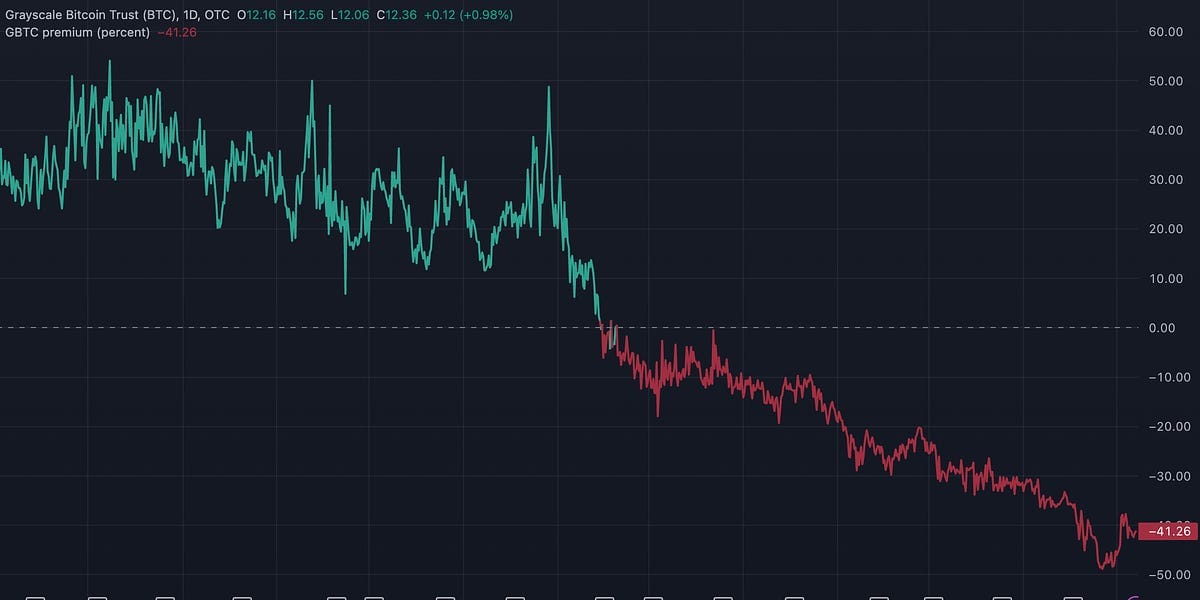
 newsletter.mollywhite.net
newsletter.mollywhite.net


/cloudfront-us-east-2.images.arcpublishing.com/reuters/ZYKTVE5RPVNNHLNKVZPR7XSR3M.jpg)
